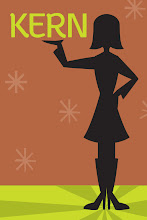As found at the Museum of Hoaxes. This is Great!!!
In 1977 the British newspaper The Guardian published a special seven-page supplement devoted to San Serriffe, a small republic located in the Indian Ocean consisting of several semi-colon-shaped islands. A series of articles affectionately described the geography and culture of this obscure nation. Its two main islands were named Upper Caisse and Lower Caisse. Its capital was Bodoni, and its leader was General Pica. The Guardian's phones rang all day as readers sought more information about the idyllic holiday spot. Few noticed that everything about the island was named after printer's terminology. The success of this hoax is widely credited with launching the enthusiasm for April Foolery that gripped the British tabloids in subsequent decades.
Click here to read the Full Story. It's fascinating and oh, so clever. Happy April 1!









